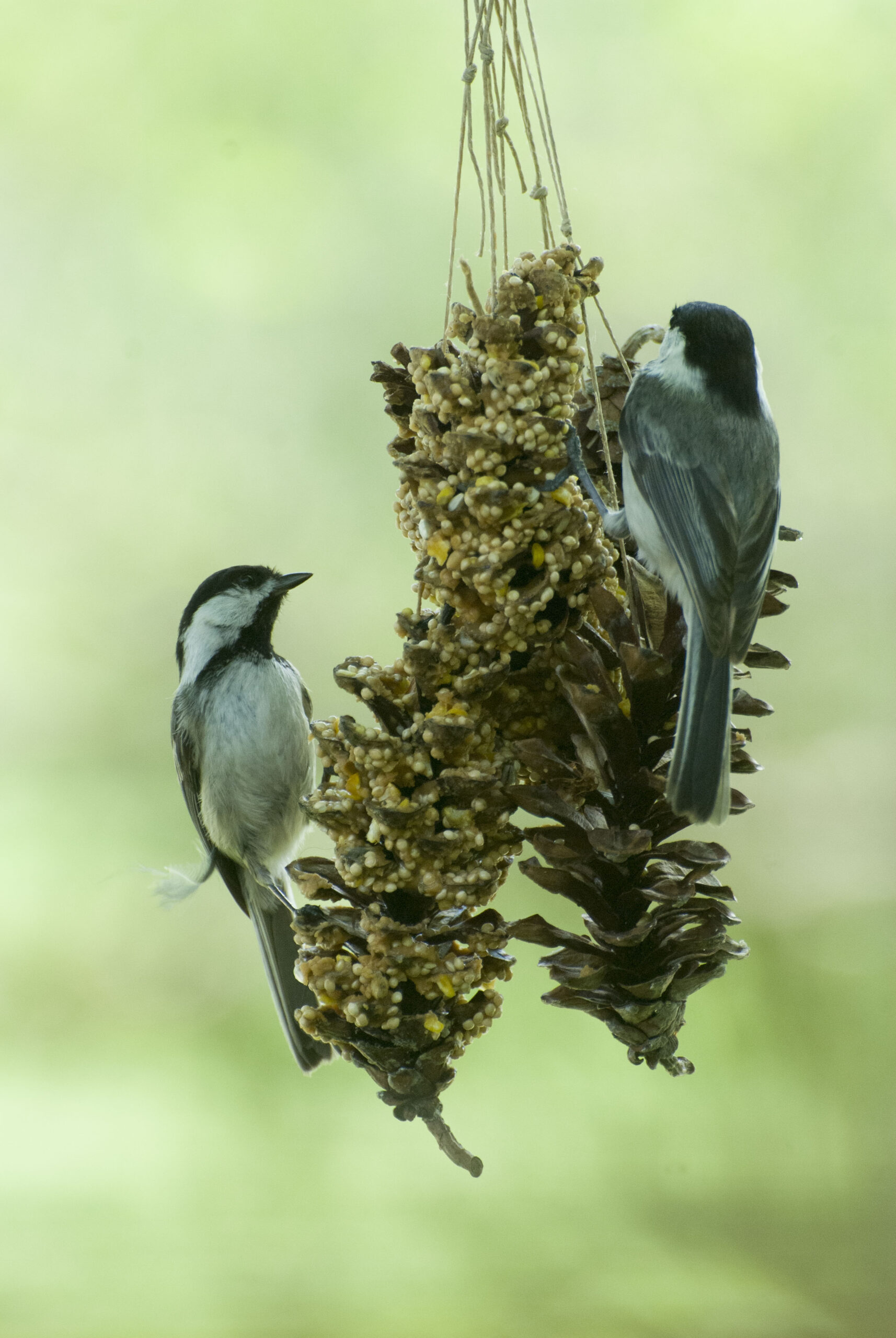COMMENTARY BY DR. DAVE SAMUEL
If your home has a big picture window and you’ve lived there a while, then birds have died striking the window. Forty-four percent of all birds that strike buildings and die every year actually hit regular homes. It happens everywhere — in fact, one study estimated that two birds die every year for every regular home in the country.
Other buildings are also a problem. Twenty-four percent die striking high rise buildings in big cities and 22% strike low rise buildings in big cities. The totals each year are around 600 million birds striking some kind of building. Makes one wonder how we have any birds left.
We can’t do a whole lot to keep birds from hitting house windows except to put scare stickers on the window or keep curtains closed. Screens help but aren’t easily put on larger windows. But what about those urban high rise buildings? What’s going on there?
First, most tall city buildings are lit up at night. Those lights attract and disorient migrating birds. Some birds make flight calls, light chirping during nighttime migrations, communicating with each other. One study showed they chirp more when flying over big cities, thus, when drawn toward the lights, they do so in a flock, making more birds vulnerable.
Sparrows, thrush species and various warblers make flight calls during night migration. Lights get them disoriented and they fly around wasting energy needed for the migration. Thus, they not only die from striking the buildings, they die from exhaustion. It’s amazing how many birds die from this situation. One reference I found noted in 2017, 400 passerine species died in one week colliding from a floodlight-lit 32-story building in Texas.
Insect-eating birds are especially vulnerable. The lights attract insects, and these attract birds. All these dead birds have not gone unnoticed in cities. The Cornell Lab for Ornithology ranks cities based on their threat to migrating birds. Big cities on major migration paths are the most deadly. No surprise Chicago, New York, Los Angeles, St. Louis, Houston, Dallas and Atlanta are bird killers.
One seemingly simple solution to this problem is to get buildings to turn off their lights at night during peak migration periods. Apparently, that’s not as easy as it sounds, but in 1999, the National Audubon Society worked with local bird enthusiasts to start the Lights Out program in Chicago. Many other cities followed suit. Some states went a bit further. New York and Minnesota require all state-owned buildings to turn lights out during migration. Every little bit helps.
Many of the cities listed above participate in some form of a Lights Out program. Dimming lights also helps, and other suggestions are: Reduce atrium lighting, reduce the use of flood-lights, turn off exterior decorating lights and turning off interior lights on the higher floors of skyscrapers.
Carnegie Museum’s Powdermill Avian Research Center in Pittsburgh found some types of glass are less vulnerable to birds. Glass patterns deter birds. Etching or adding material to the glass can reduce bird strikes. The Research Centers approach was to create a testing tunnel with a Y-shaped end, where flying birds had to choose which direction to go. Different techniques were used at the Y, and birds then made a choice. It turns out that glass patterns, such as etching, were effective.
In 2019, H.R. 119, the Bird-Safe Building Act was introduced in Congress. The following is a quote about this bill and shows the detail the legislators were after:
“This bill requires each public building constructed, acquired, or of which more than 50% of the facade is substantially altered by the General Services Administration (GSA) to meet the following standards:
- At least 90% of the exposed facade material from ground level to 40 feet shall not be composed of glass or shall be composed of glass which employs any combination of the methods of modification described in this bill.
- At least 60% of the exposed facade material above 40 feet shall meet such a modified glass standard.
- There shall not be any transparent passageways or corners.
- All glass adjacent to atria or courtyards containing water features, plants, and other materials attractive to birds shall meet the standard.
- Outside lighting shall be appropriately shielded and minimized subject to security and other mission-related requirements.
- The GSA must, (1) ensure actual bird mortality is monitored at each public building, and (2) reduce exterior building and site lighting for each public building, where practicable and consistent with the requirements for outside lighting.
The bill exempts from these requirements buildings and sites listed or eligible for listing on the National Register of Historic Places, the White House and its grounds, the Supreme Court building and its grounds, and the U.S. Capitol and its related buildings and grounds.”
The House passed this bill last July. I couldn’t find anything about its status in the Senate, but passage in the House is a significant step to reducing bird mortalities. As this develops, I’ll keep you posted.
In conclusion, one study noted that buildings are the second biggest killer of birds, coming behind feral cats. But that’s a story for another column.




